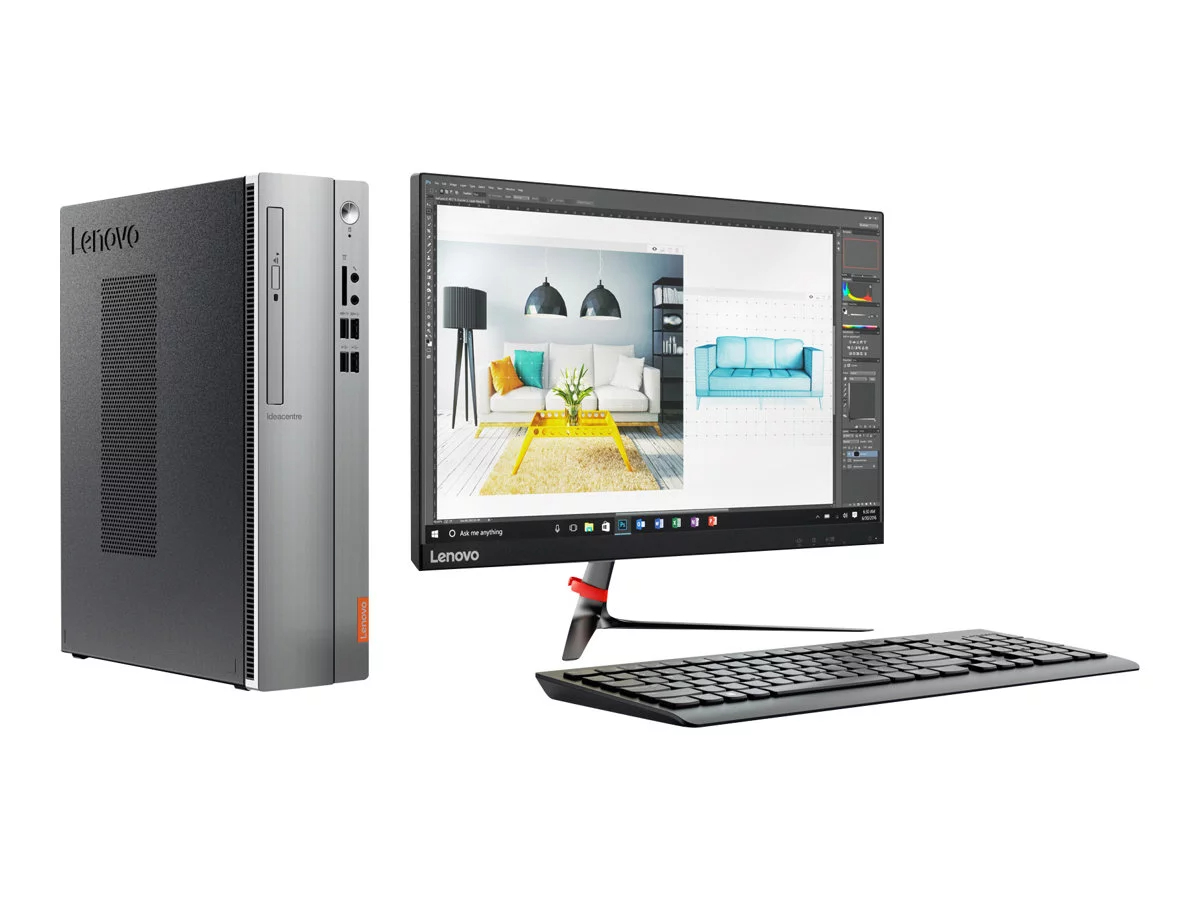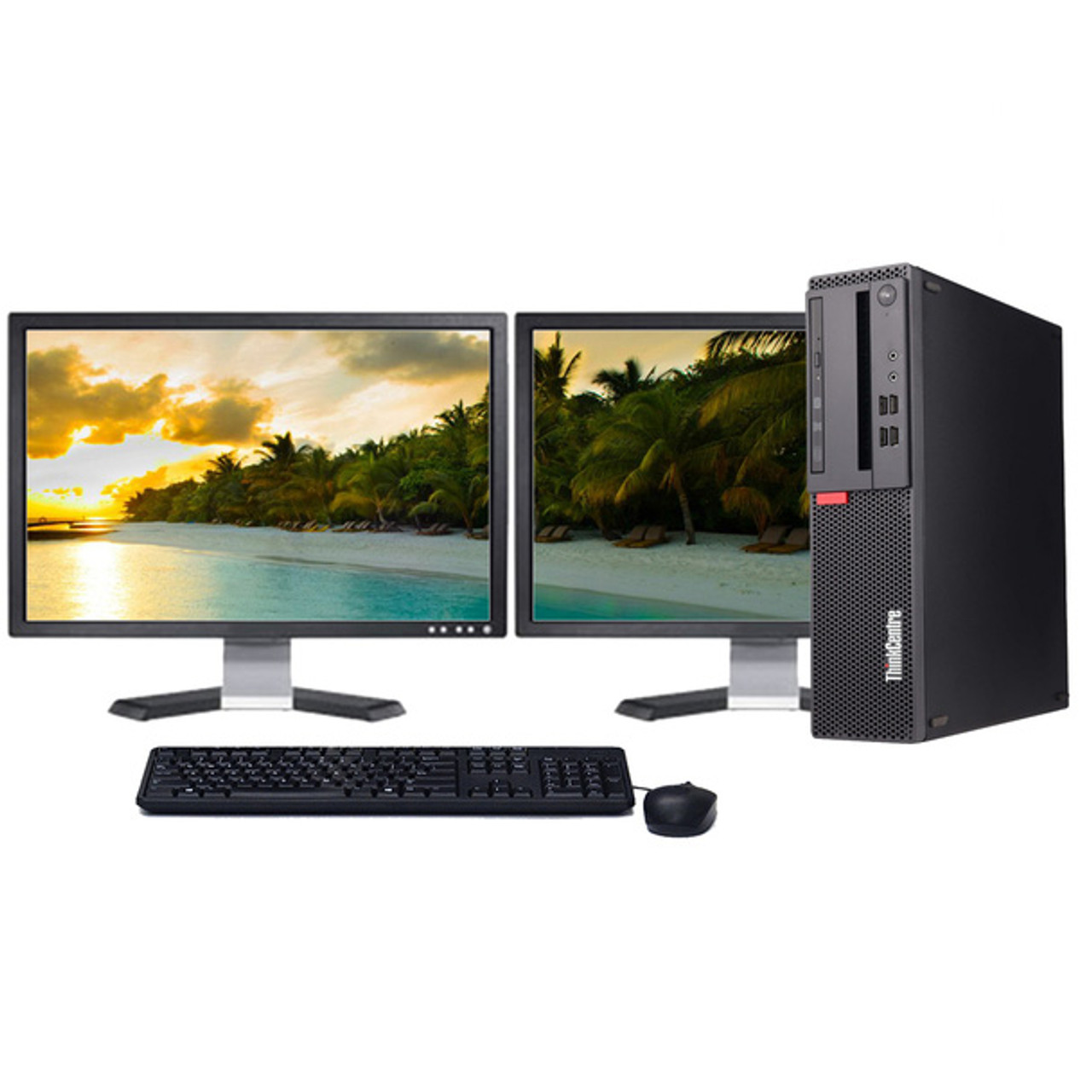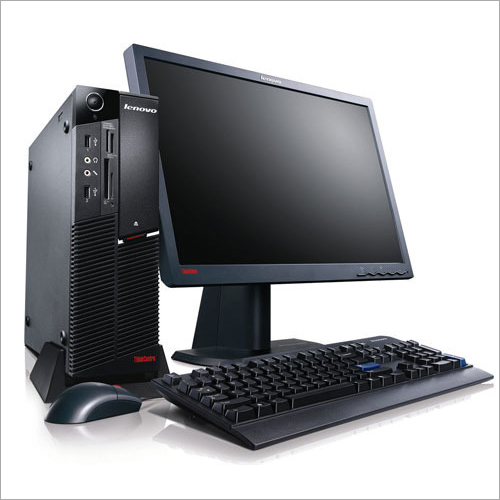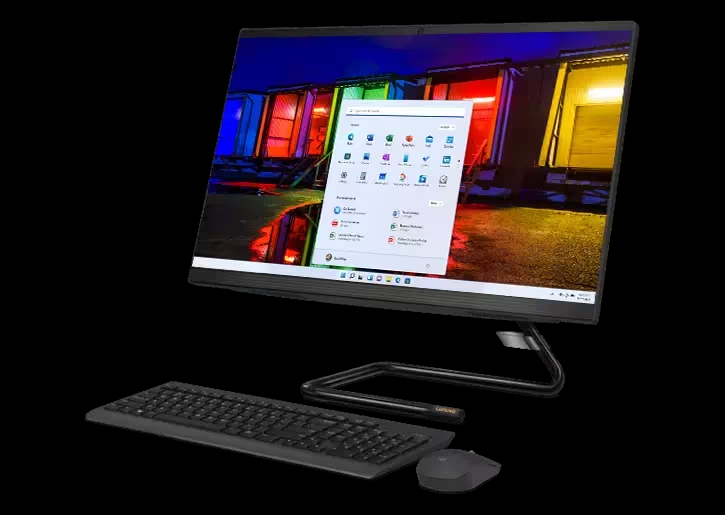Experiencing a black screen on your Lenovo desktop can be a frustrating issue, but it is often resolvable with some troubleshooting steps. A black screen can be caused by a variety of issues, ranging from simple software glitches to more complex hardware problems. In this article, we’ll explore practical steps to diagnose and fix a Lenovo desktop computer that turns on but displays a black screen.
Initial Troubleshooting Steps
Begin by trying a few basic troubleshooting methods that can resolve temporary glitches or loose connections that might be causing the black screen issue.
Check Your Connections
- Ensure that the power cable to the monitor is firmly connected and that the outlet is functioning.
- Verify that the video cable (HDMI, DVI, VGA, or DisplayPort) is securely connected to both the monitor and the desktop. If possible, try a different cable to rule out a faulty one.
Perform a Power Cycle
- Turn off the desktop completely and unplug it from the power source.
- Press and hold the power button for about 30 seconds to discharge any residual power in the system.
- Reconnect the power cable and turn on the desktop to see if the issue persists.

Advanced Diagnostic Steps
If the initial troubleshooting does not resolve the black screen, proceed with more advanced diagnostic steps to narrow down the cause.
Boot in Safe Mode
- If you suspect a software issue, try booting the computer in Safe Mode. This will load Windows with a minimal set of drivers and may bypass the issue causing the black screen.
- To enter Safe Mode, restart the computer and repeatedly press the F8 key (or Shift + F8) before the Windows logo appears. Then select ‘Safe Mode’ from the Advanced Boot Options menu.
Check for Hardware Component Issues
- Open the desktop case (ensure the computer is turned off and unplugged) and inspect for any signs of damage or loose connections, particularly with the RAM and graphics card.
- Reseat the RAM modules and the graphics card to ensure a solid connection. If you have access to compatible spare parts, try replacing these components to see if they are the issue.

Deeper Hardware Troubleshooting
When simple diagnostic steps don’t work, you might need to investigate deeper hardware issues that might be causing the black screen on your Lenovo desktop.
Test the Monitor
- Connect the monitor to another computer to determine if the monitor itself is faulty.
- If the monitor works with another computer, it’s more likely an issue with the desktop’s video output or internal hardware.
Inspect the Motherboard and Power Supply
- A faulty motherboard or power supply unit (PSU) can cause a black screen. Look for swollen capacitors or burn marks on the motherboard.
- If you have a PSU tester or a spare power supply, swap the PSU to see if this resolves the issue.

Seeking Professional Support
If none of the above steps help fix the black screen issue, it might be time to seek professional support to diagnose and repair the problem.
Contact Lenovo Support
- Reach out to Lenovo’s customer support for guidance. They can offer additional troubleshooting steps specific to your desktop model.
- If your desktop is still under warranty, Lenovo’s support can advise you on the process for repairs or replacement parts.
Consider a Repair Service
- If the problem is beyond your ability to diagnose or if the desktop is out of warranty, consider taking it to a professional computer repair service.
- A certified technician will have the tools and expertise to troubleshoot the issue further and perform any necessary repairs.

Updating and Reinstalling Display Drivers
Corrupted or outdated display drivers can often lead to a black screen issue on your Lenovo desktop. Updating or reinstalling these drivers may resolve the problem.
Update Graphics Drivers
- If you’re able to boot into Safe Mode, open Device Manager, expand the Display Adapters section, right-click your graphics card, and select ‘Update Driver’.
- Opt for ‘Search automatically for updated driver software’ and follow the prompts. Windows will attempt to find and install the latest driver for your graphics card.
Reinstall Graphics Drivers
- In Device Manager, right-click on the graphics card and select ‘Uninstall device’. Confirm any prompts to uninstall the driver.
- After uninstallation, restart your Lenovo desktop. Windows will attempt to reinstall the graphics driver during the boot-up process. Alternatively, you can download and install the latest driver directly from the graphics card manufacturer’s website.

Exploring BIOS/UEFI Settings
Incorrect BIOS/UEFI settings can sometimes lead to a black screen. Resetting to default settings or updating the BIOS/UEFI firmware might be necessary.
Reset BIOS/UEFI to Default
- To access the BIOS/UEFI settings, restart your Lenovo desktop and press the key prompted during startup (commonly F1, F2, DEL, or ESC).
- Within the BIOS/UEFI menu, look for an option to ‘Restore Defaults’ or ‘Load Optimized Defaults’. This will reset any configuration changes that may be causing the black screen.
Update BIOS/UEFI Firmware
- Visit the Lenovo support website and search for the latest BIOS/UEFI firmware for your specific desktop model.
- Download the update and follow the instructions provided by Lenovo carefully to update your BIOS/UEFI firmware. Note that incorrect BIOS/UEFI updates can cause serious issues, so proceed with caution and ensure you understand the process thoroughly.
Considering Operating System Issues
Sometimes, the operating system itself can be the root cause of the black screen. In such cases, repairing or reinstalling the OS may be the solution.
Repair the Operating System
- Create a Windows installation media on a USB drive from another computer.
- Boot your Lenovo desktop from the USB drive and choose ‘Repair your computer’ instead of ‘Install now’. Follow the on-screen instructions to perform a startup repair.
Reinstall the Operating System
- If all else fails and you’ve backed up your data, you might consider reinstalling Windows. Boot from the installation media and select ‘Install now’.
- Follow the installation prompts, and choose to either keep your files or perform a clean installation. A clean install will remove all data, so make sure your important files are backed up.
Utilizing Lenovo’s Diagnostic Tools
Lenovo provides diagnostic tools that can help identify hardware issues that may be causing the black screen. These tools perform comprehensive checks on your system’s components.
Run Lenovo Diagnostics
- Download and run the Lenovo Solution Center or Lenovo Diagnostics tool from Lenovo’s official website on your desktop if you’re able to access Windows.
- If you cannot access Windows, Lenovo also offers a bootable diagnostics tool that you can run from a USB drive.
Analyze Diagnostic Results
- Carefully review the diagnostic reports generated by the tool. Look for any hardware failures or warnings that could be linked to the black screen issue.
- If any hardware issues are identified, you’ll have a clearer idea of which component may need repair or replacement.
A black screen on a Lenovo desktop can be caused by various issues, but with systematic troubleshooting, you can often identify and fix the problem. Start with basic checks for power and connections, then move on to software and hardware diagnostics. If needed, don’t hesitate to reach out to professional services for support. Remember, regular maintenance and awareness of your system’s health can prevent many such issues from arising in the first place.
